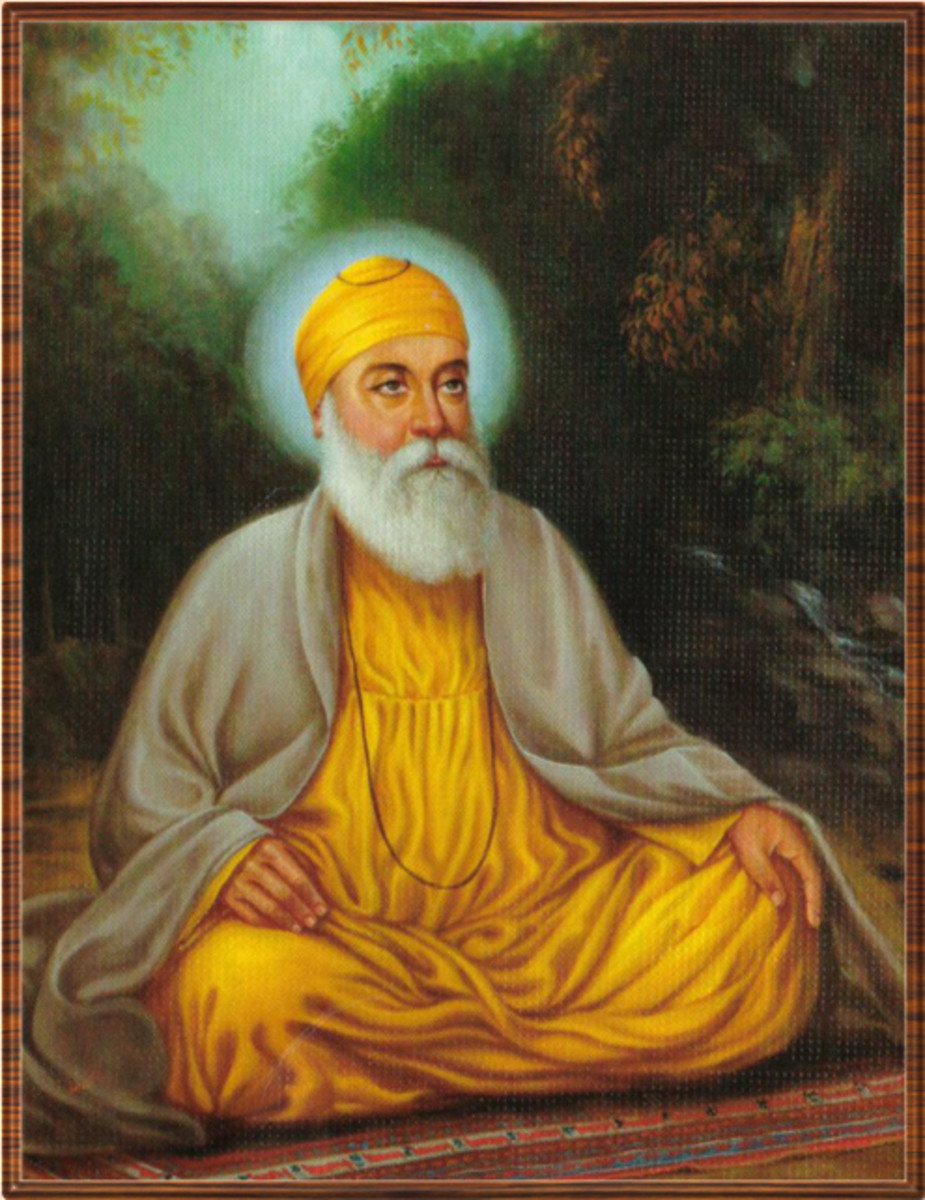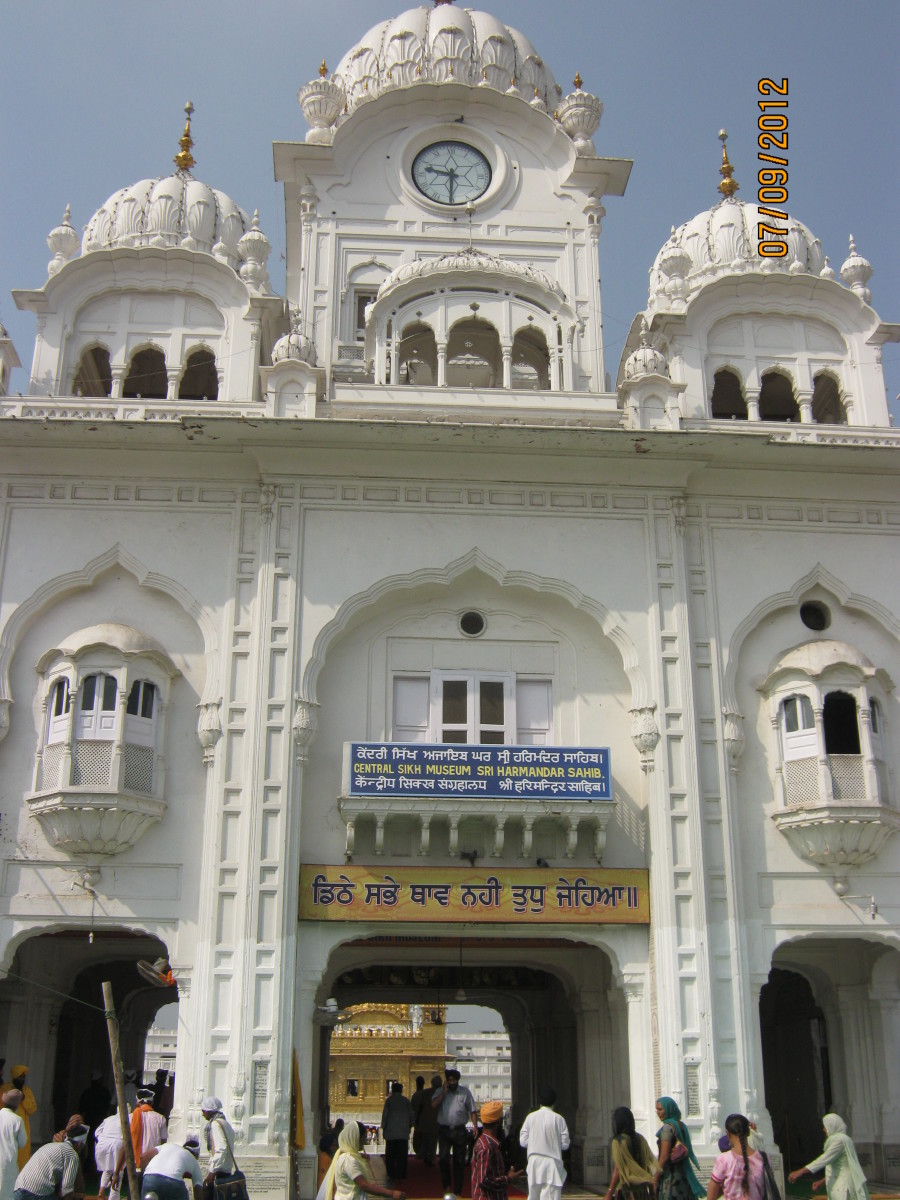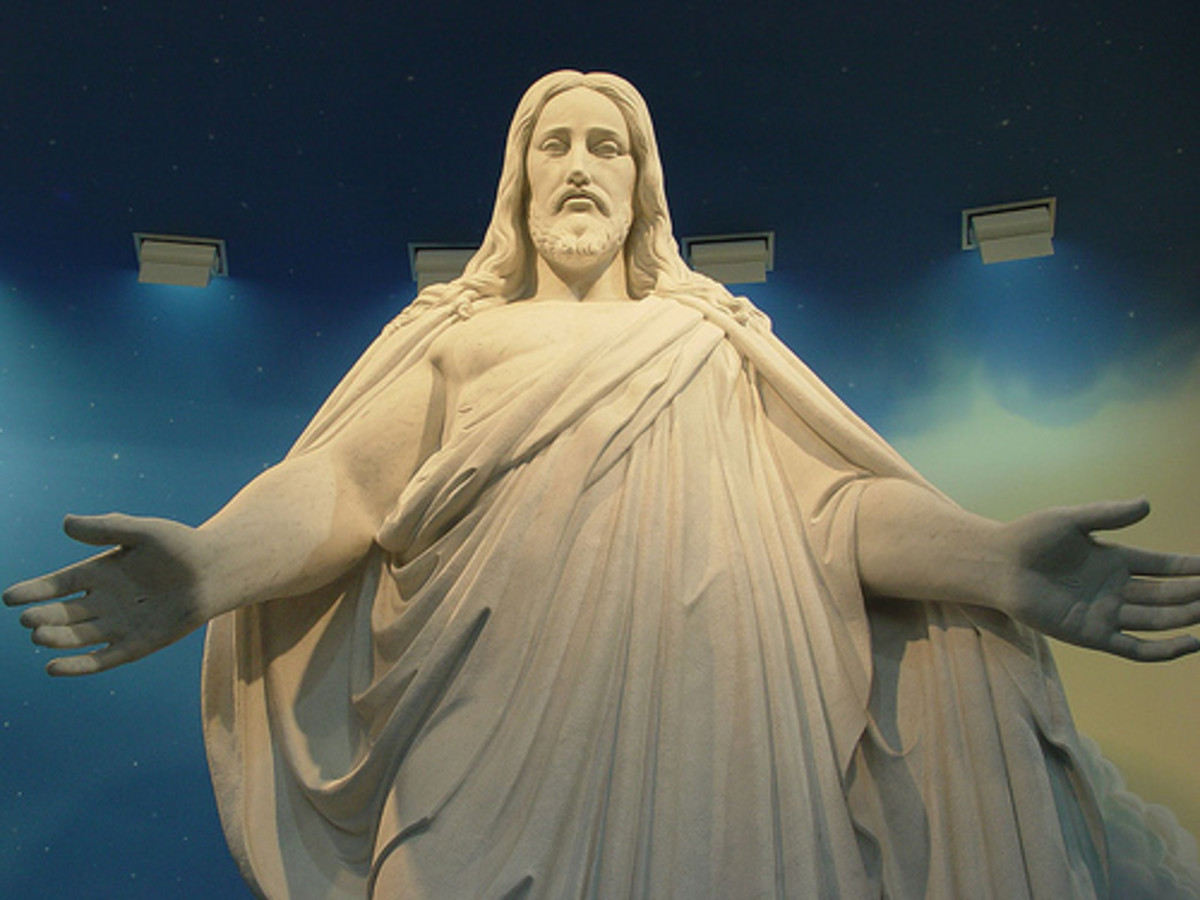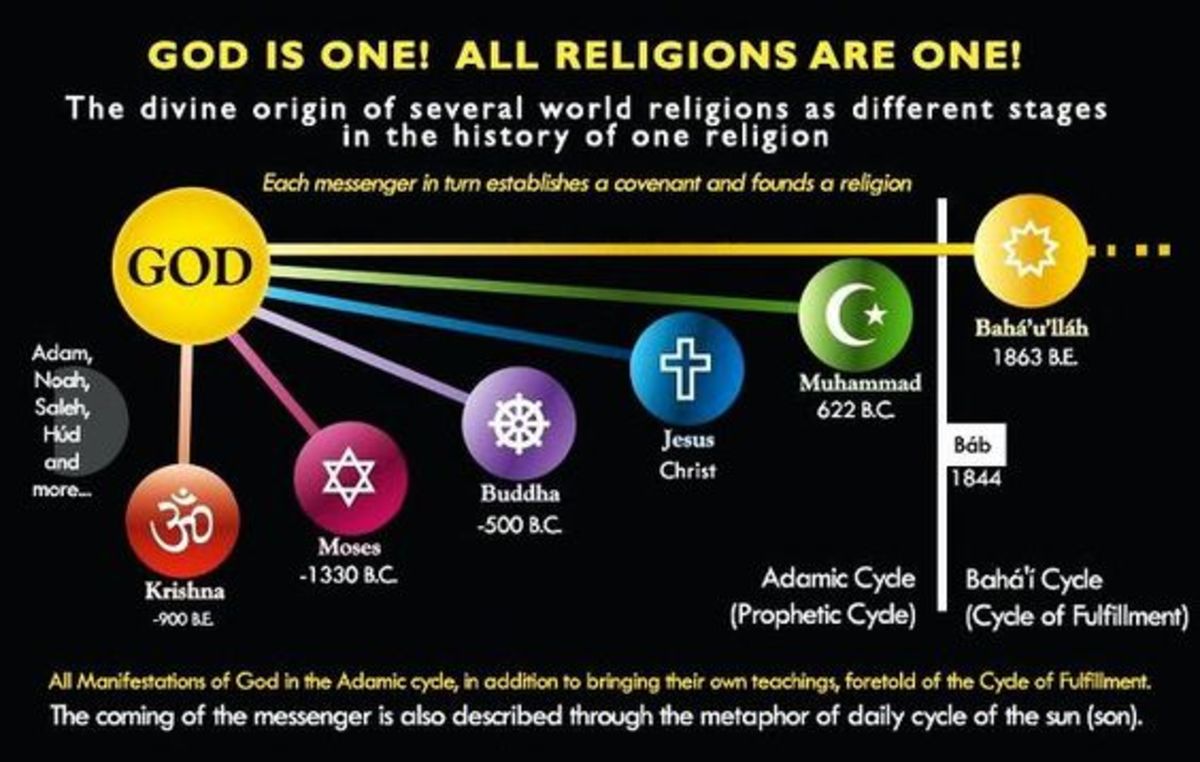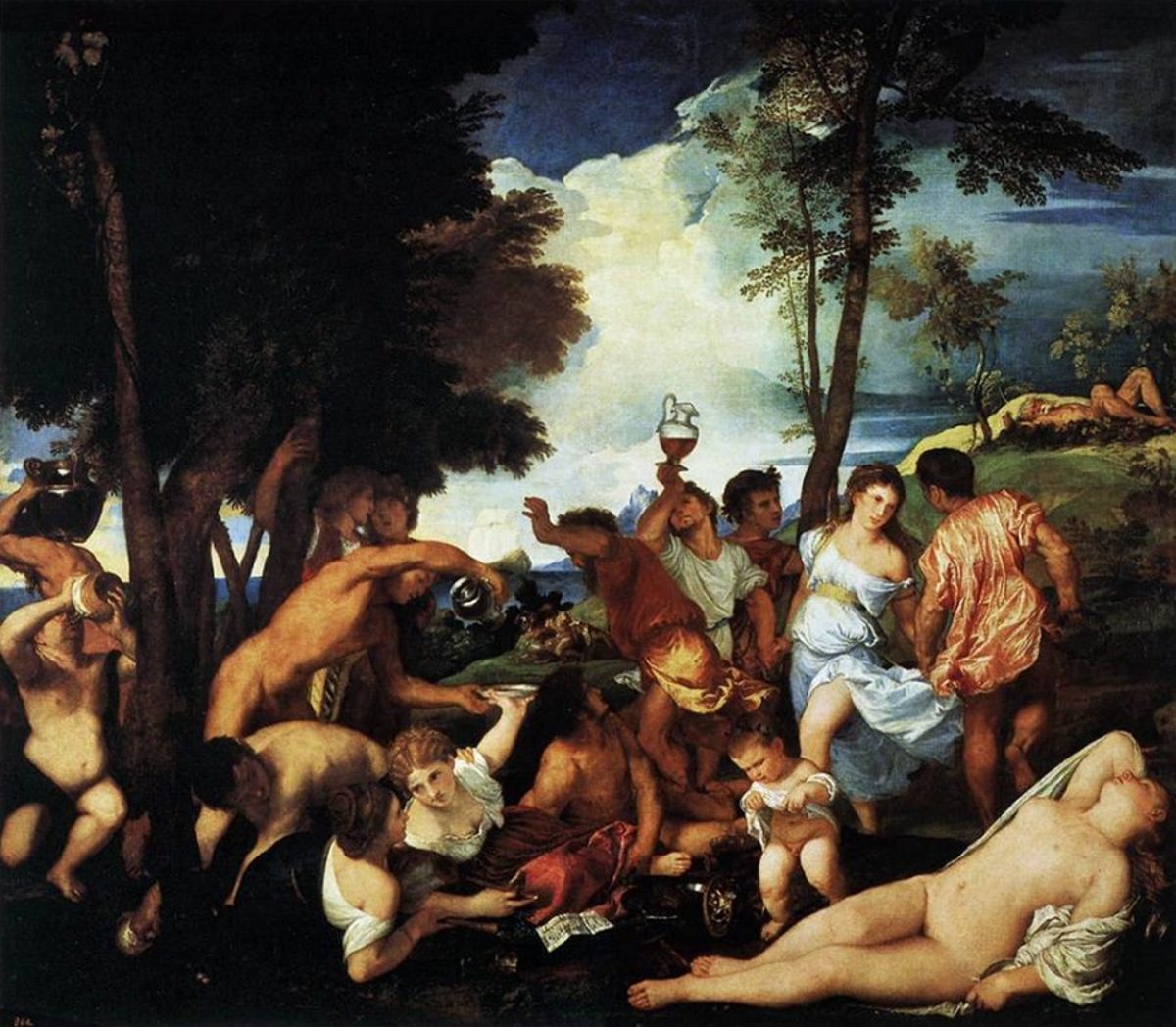Guru Nanak Dev Ji, The Founder and First Guru of Sikhism
Sikhism or Sikh religion was founded in India. Like Hinduism, Buddhism and Jainism, thus Sikhism too has its root in India. Guru Nanak Dev Ji, the first Sikh Guru is the founder of this religion.
Guru Nanak Dev Ji created a religious movement known as Sikhism taking some good principles of both Hinduism and Islam. Obviously it has some semblance to both these religions. Yet it has its own unique features making it very different from Hinduism and Islam and other religions.
A discussion on Sikhism is not what I attempt here as it is a vast subject and requires more research. My humble venture here is to give you a short idea about Guru Nanak Dev Ji, the founder and spiritual leader of Sikhism. Before learning about the first guru of Sikhism, let’s learn something about all the gurus and their life period. Sikhism had ten Gurus or religious teachers. Below I give the name of the ten Sikh Gurus and the period they lived.
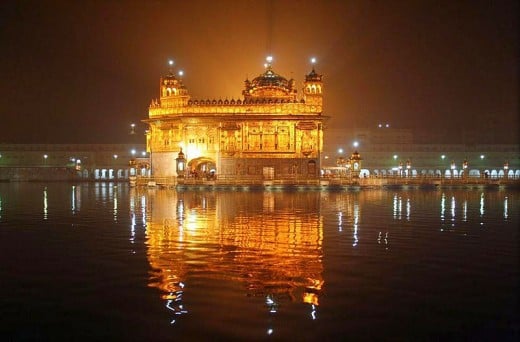
The Ten Sikh Gurus
1. Guru Nanak Dev Ji (1469-1539)
2. Guru Angad Dev Ji (1479-1574)
4. Guru Ramdas Ji (1534-1581)
5. Guru Arjun Dev Ji (1563-1606)
6. Guru Hargobind Ji (1595-1644)
7. Guru Har Rai Ji (1630-1661)
8. Guru Hari Krishen Ji (1656-64)
9. Guru Tegh Bahadur Ji (1621-1675)
10. Guru Gobind Singh Ji (1666-1708)
One may ask why no Gurus after the 10th Guru. When the same question was asked to Guru Gobind Singh Ji, the 10th Guru, he declared that the eleventh Sikh Guru would be the ‘Guru Granth Sahib’, the holy text of Sikhs. He also proclaimed the ‘Guru Granth Sahib’ as the Sikh Guru for all times to come.
Since the Sikh Gurus did not believe in idol worship, there is no idol worship in Sikhism. They worship Guru Granth Sahib Ji, the sacred book of the Sikhs all over the world, written in Gurmukhi language.
The Story of Guru Nanak Dev Ji
Guru Nanak Ji was born on 15th April 1469 at a place called Talwandi, a western Punjab village. That time, this place was in India and now after the partition of 1947, is in Pakistan and about 65 km west of Lahore.
He was born in a Hindu family and grown as a darling boy of Mata Tripta Ji (mother) and Mehta Kalian Das Ji (father) couple. ‘Nanki’ was his sister’s name and the boy was named ‘Nanak’. His father was the chief Patwari (a royal job) under the Talwandi ruler Rai Bular. As he worked for the ruler, they were in a well-to-do position.
The person who made Nanak Ji's horoscope had predicted that he would achieve great role as a spiritual leader and would reform the world. Nanak Ji was a blessed boy ever since his birth under lucky stars. His mother was very religious and a good lady. She taught him good values. She also taught him not to be selfish and encouraged him to share his things with others.
Since Nanak Ji was born at a place, where Hindus and Muslims lived peacefully, he became friends with children belonging to both religions. His main friend’s name was Mardana and he was a Muslim. He had a great role in the life of Nanak.
Nanak Ji was a brilliant boy. Everyone including his teachers was so impressed about his intelligence. At a very young age itself Nanak Ji learned several languages. Also, even at a young age he showed signs of unusual sensibility by seeking answers about God and life.
He was against the caste system and the meaningless religious practices. He challenged the useless practices of priests, which were only meant to exploit the poor people.

Nanak Ji's Wedding and Family Life
At the age of 16, Nanak Ji married. The year was 1485. Sulakhi that was the name of his wife. His wedding was a simple one as he was against the old-fashioned customs or any rituals of worship in the marriage. He was also against the matching of horoscopes of the couple.
Nanak Ji with his wife lived at a place called Sultanpur, where they had their two sons. Sri Chand, his first son was born in 1494 and Lakshmi Chand, the second in 1497.
He worked under the Muslim ruler of Sultanpur, Daulat Khan Lodi for 12 years in the state granary. He was very honest and disciplined. Poor people approached him and he offered whatever he can. They loved Nanak Ji for his kindness and honesty. Soon he became famous and came known as Nanak Dev Ji.
Nanak Ji's Long Journeys
Nanak Ji was sad when he came to know the sufferings of the people. They were confused and struggling because of the conflicting messages given by the priests and other religious leaders. Nanak Ji thought he should do something to save these poor people. He wished to spread his message of love, peace, tolerance and communal harmony. With this noble mission, he decided to meet the masses across India and the Asian continent.
Though not an exact account of his itinerary is not available and what is available is rather disputed, it is believed that he had made four major journeys covering thousands of miles and during a span of 25 years. In the year 1499, Nanak Ji started his divine mission of educating people and went towards East, West, North and South. He visited many centers of Hindus, Muslims, Buddhists, Jains and other religious sects.
He traveled on foot. Just imagine the hardships he suffered on these long journeys. During the journeys, he had the company of Mardana, a Muslim friend and follower. Nanak Ji's travels are called ‘Udasis’.

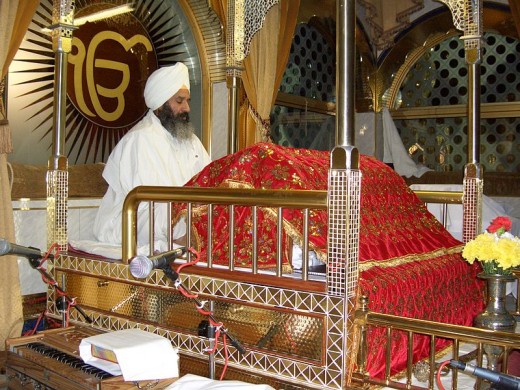
The Great Five Missionary Journeys (Udasiya)
During the period 1499 to 1524, spanning 25 years, Nanak Ji made five ‘Udasiya’ with a divine mission of teaching the value of love and peace. The details are briefed below:-
First Udasi (1499-1506 AD)
During this period, he made trips to various towns in the north and east side of India and certain places in the present Pakistan. It took 7 years.
Second Udasi (1506-1513 AD)
This too took 7 years. Covered places in India and Ceylon (now Sri Lanka).
Third Udasi (1514-1518 AD)
This trip lasted about 5 years. Apart from locations in India, he travelled to some foreign destinations such as Nepal, Tibet and Tashkent.
Fourth Udasi (1519-1521 AD)
The trip lasting about 3 years had some notable and far away destinations. Mecca, the holiest place of Muslims and some Arab countries were covered during this journey.
Fifth Udasi (1523-1524 AD)
The fifth and final missionary journey of Guru Nanak Dev Ji lasted about 2 years. During the trip, he covered various towns and places in Punjab.
The Final Journey!
Nanak Ji traveled many countries, met many people, gave them a good lecture and reformed them greatly. His 25 years’ long journeys gave him ample opportunity to spread his goodwill message and educating people. By now he had composed several hymns. As it had answers to the problems of religion and society, the followers always chanted the hymn.
Sikhism was thus founded and people started following what Nanak taught them. Slowly the religion became a vibrant one with millions of followers. People started worshiping Nanak Ji and he attained a God-like stature.
As Guru Nanak Ji had divine power, he was aware of his ‘final journey’ from this world. One day while he was in deep meditation, he felt he had done the work that God had entrusted him to do.
When his meditation lasted long, his followers felt that Guruji’s end was near. Soon they thought of making arrangements for the cremation. But a dispute soon started then among the Hindus and Muslims. Both wished to perform the last ritual, according to their faith. Hindus planned to cremate Guruji and the Muslims preferred to bury their Guruji. A fighting thus started between them over the issue. Guruji was shocked on their quarrel. He felt pained. He did not want people to fight over him. After all, his whole life and works were for the spread of the message of brotherhood and communal harmony.
The intelligent Nanak asked them to stop fighting and asked them to place flowers on both sides of his body. He said, “Hindus may put them on the right side and Muslims on the left. Those whose flowers remain fresh tomorrow can do what they want with me.” Then he asked his followers to pray. After that, he lay down. He covered himself with a sheet at night.
On 22nd September 1539, Guru Nanak Dev Ji gave up his body. He went to the path of God, his ‘Sat Karta’ forever.
And what happened to the flowers kept aside of his body? It was a great miracle. When the followers removed the sheet in the morning, what they saw was only a heap of fresh flowers. All the flowers were fresh too!
Thus, through his death also Guru Nanak Dev Ji showed his great power to the people who were blind on religious sentiments. The flowers taught a great lesson to the followers! The incident opened their eyes.
Another Article on Guru Nank Dev Ji by the Same Author
- Guru Nanak Dev Ji's Visit to Mecca, the Holy Place of Muslims
Guru Nanak Dev Ji, the founder and first guru of Sikhism travelled India and abroad to spread his message of love and communal harmony. He even visited Mecca. Read that interesting story here .
This content reflects the personal opinions of the author. It is accurate and true to the best of the author’s knowledge and should not be substituted for impartial fact or advice in legal, political, or personal matters.
© 2013 Sunil Kumar Kunnoth



